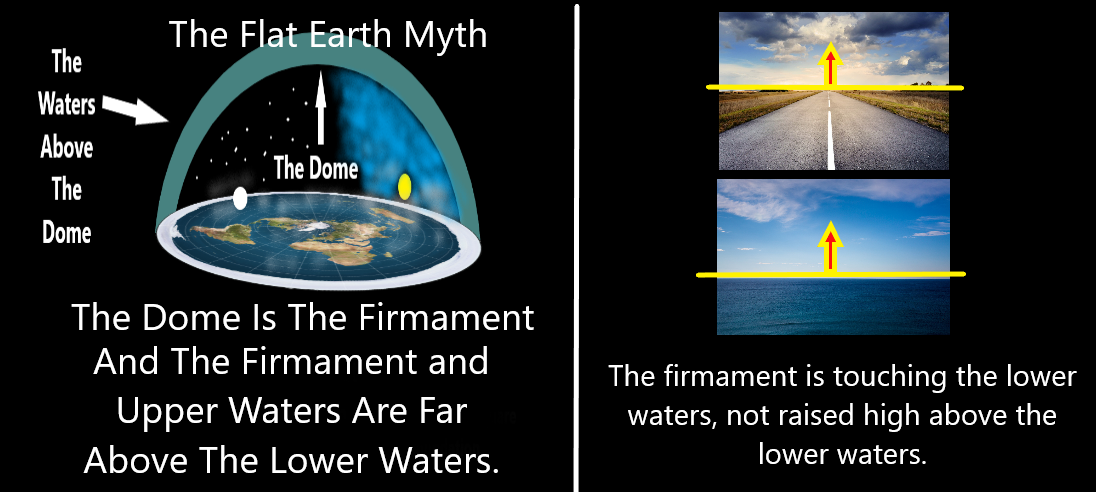
Only after that region is ‘finished off’ does God give it its commonly used name, which in all three cases happens to be the most frequently used term in the Hebrew Bible for that ‘cosmic region.’ In contrast, the three ‘technical terms’ are only infrequently used in the bible.Ĭontinue reading “The Rāqîaʿ is the Definition of the Sky According to Genesis 1” This ‘technical term’ provides a simple description of but a single physical characteristic of that region. What we find is an identical pattern in how each ‘cosmic region’ is created: First God calls one of the cosmic regions into being, but at this initial point he only refers to it by what we might call a simple but technical term, rather than by the commonly used name for that region (e.g.


We will do this first and foremost by comparing the creation of the sky in Genesis 1 with the creation of the other two ‘cosmic regions,’ namely the creation of the earth and the seas which occurred on day 3. The purpose of this article is to take a close look at the nature of this definition, and then to see how the information gleaned might inform this debate. Then God said: Let the waters … be gathered… and let the dry land (yabbašâ) appear.… Then God called the dry-land (yabbašâ): ‘Earth!’ (ʾereṣ), and the gatherings-of-water (mikwê hammayim) he called: ‘Seas!’ (yammim). Then God said: Let there be a rāqîaʿ … so God made the rāqîaʿ … and God called the rāqîaʿ: ‘Sky!’ (šāmayim)…. (When He) set Sky firmly in place … (and) built the vast vault of Heaven … (Message) When He made firm the skies above …” (NASB) When He made firm the skies above, when he established the fountains of the deep … (NRSV) As such this passage, besides having quite a different meaning than so many have given it, has nothing at all to do with a firmament. This is what the clouds above and the springs of the deep were ‘strengthened’ with, life-giving waters at creation. Even more important is the context, which shows, I would say beyond a shadow of a doubt, that this ‘strengthening’ language was speaking of abundant waters. The conclusion I reach is that many of the interpretations went off course when they interpreted this strengthening language in a highly concrete manner, even though both verbs show little (to no) precedent for those kinds of renderings. The purpose of this article is to analyze this passage in detail, and in particular to: a) review the way current scholarship and the versions have dealt with it, b) offer a detailed analysis of the Hebrew, giving special attention to the parallel verbs in each clause, and c) explore the larger context of 8:22-30. We must also come to a right understanding of the second clause of this verse, as it is clearly parallel to the first. We will analyze this word in depth below. What then of this ‘made firm’ business? Well once again we find that many other versions have given a different rendering of the Hebrew verb here, ʾmṣ, such as: “when he established the (clouds / sky) above.” So which one is it? We will see that in fact the literal sense of the verb, ʾmṣ, is simply to be or make strong.

But the somewhat ambiguous nature of this word means we cannot lean to heavily on it alone, which brings the context and other considerations to the fore.

If šĕḥāqîm indicates ‘clouds’ here, it would mean this verse makes no reference to a firmament at all. According to many versions, Proverbs 8:28 speaks of a ‘firm sky.’ For instance, both the NASB and the NRSV read: “When He made firm the skies above…” What basis is there for this rendering? On the other hand, at least as many interpreters have translated šĕḥāqîm - the Hebrew word translated as ‘sky’ above - as clouds, not as sky.


 0 kommentar(er)
0 kommentar(er)
